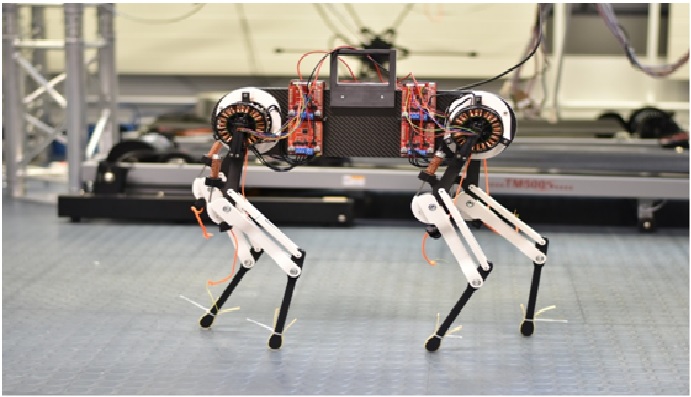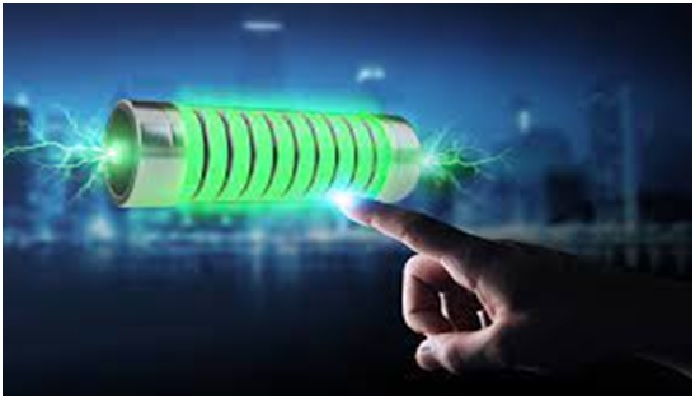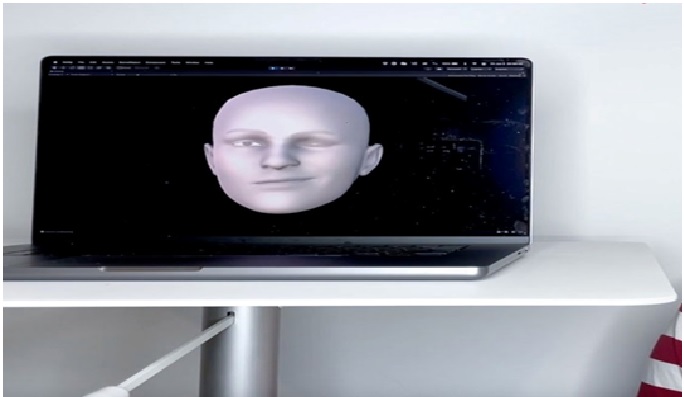Robot dog learns to walk in one hour
Researchers at the Max Planck Institute for Intelligent Systems (MPI-IS) in Germany have built a four-legged robot dog, which is capable of learning how to walk in an hour. The robot, Morti, is equipped with an artificial spinal cord that is continously optimised. The researchers were attempting to study how humans learn to walk from stumbling. When a baby of an animal is born, it has a muscle coordination network located in the spinal cord by birth but, it still takes time for the newborns to balance on their legs and learn to walk. [1]

Figure 1. Robot dog learns to walk in one hour
Figure 1 shows in animals, muscle coordination networks located in the spinal cord help them make the first steps, but learning the precise coordination of leg muscles and tendons takes some time, researchers from the Max Planck Institute for Intelligent Systems (MPI-IS) in Germany, say. [2]
Learning algorithm optimizes virtual spinal cord
After learning to walk in just one hour, Ruppert’s robot makes good use of its complex leg mechanics. A Bayesian optimization algorithm guides the learning: the measured foot sensor information is matched with target data from the modeled virtual spinal cord running as a program in the robot’s computer.
The robot learns to walk by continuously comparing sent and expected sensor information, running reflex loops, and adapting its motor control patterns.
The learning algorithm adapts control parameters of a Central Pattern Generator (CPG). In humans and animals, these central pattern generators are networks of neurons in the spinal cord that produce periodic muscle contractions without input from the brain. [3]
Energy efficient robot dog control
Morti's computer draws only five watts of power in the process of walking. Industrial quadruped robots from prominent manufacturers, which have learned to run with the help of complex controllers, are much more power hungry. Their controllers are coded with the knowledge of the robot's exact mass and body geometry -- using a model of the robot. They typically draw several tens, up to several hundred watts of power. Both robot types run dynamically and efficiently, but the computational energy consumption is far lower in the Stuttgart model. It also provides important insights into animal anatomy. [4]
References:
- https://gadgets360.com/science/news/morti-robot-dog-artificial-spinal-cord-muscle-coordination-mpi-is-3173238
- https://www.independent.co.uk/tech/robot-dog-one-hour-walk-b2126209.html
- https://neurosciencenews.com/robot-dog-walking-21056/
- https://www.sciencedaily.com/releases/2022/07/220718122229.htm
Cite this article:
Thanusri swetha J (2022), Robot dog learns to walk in one hour, AnaTechMaz, pp.156















